Unveiling the Architectural Charm of a New England Home
TLDR;
The architectural charm of a New England home lies in its balance of history, practicality, and beauty. From Colonial saltbox forms to Shingle-style coastal retreats, each design detail reflects adaptation to climate and cultural heritage while preserving timeless character.
New England Home Architecture and Its Lasting Influence
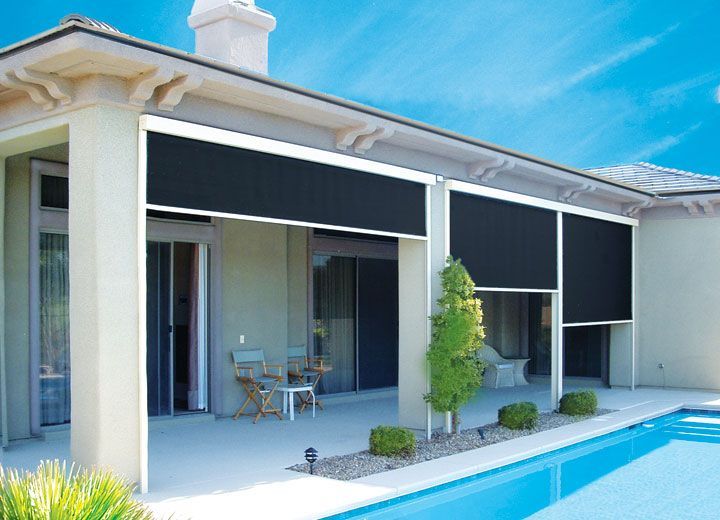
New England home architecture is known for symmetry, simplicity, and practicality. Homes were designed to survive harsh winters and to embody elegance without excess. This combination of function and form continues to define the region’s residential character.
Key points:
- Designs balance historic integrity with modern livability.
- Building traditions reflect English influence adapted to local climate.
- Massachusetts and surrounding states preserve some of the finest examples.
Colonial and First-Period Roots in New England
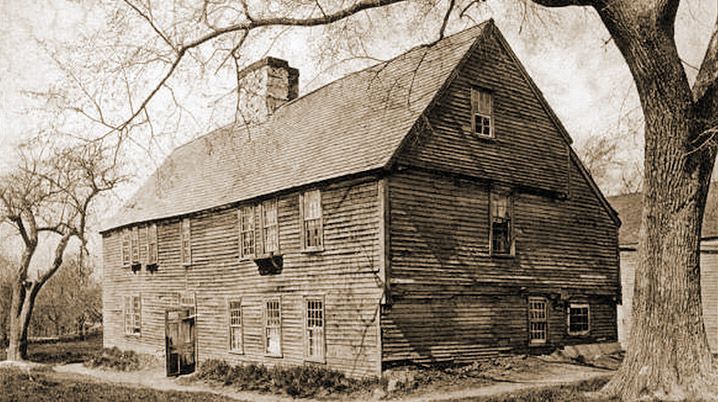
The Colonial era shaped the foundation of New England’s architectural identity. Early settlers relied on available wood and built sturdy forms that prioritized warmth and efficiency.
Common features include:
- Saltbox roofs sloping to the back for wind resistance.
- Large central chimneys to heat multiple rooms.
- Wood clapboard siding painted in muted tones.
- Small, multi-paned windows to conserve heat.
Historic examples like the Rea Putnam Fowler House in Massachusetts show how early families balanced survival with charm.
Georgian, Federal, and Greek Revival Transitions

By the 18th and 19th centuries, prosperity allowed for more refined designs.
- Georgian homes emphasized symmetry, with paneled doors framed by decorative trim.
- Federal styles introduced fanlights, elliptical windows, and lighter proportions.
- Greek Revival added columns and bold entryways influenced by classical ideals.
Massachusetts towns such as Concord and Salem are filled with homes from this period, showing how architectural tastes evolved with cultural progress.
Victorian and Shingle Styles in New England Houses
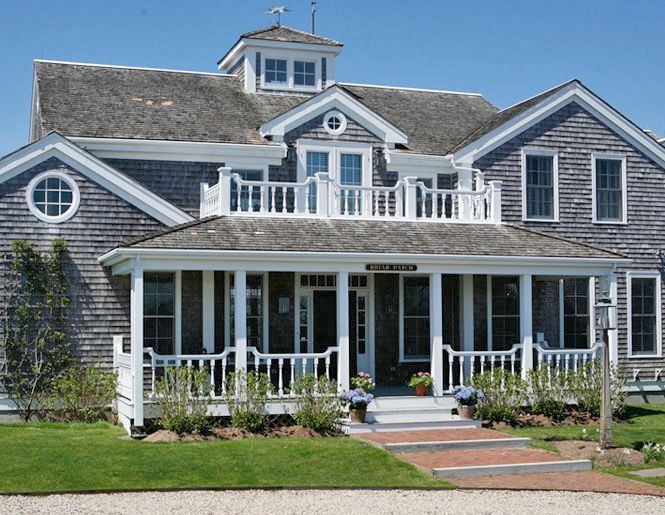
As industry grew, wealthier families sought ornate designs. Victorian homes in New England brought color and detail into residential streetscapes.
Key features:
- Queen Anne houses with asymmetry and towers.
- Stick style with visible wood framing as ornament.
- Shingle style, born on the coast, using natural wood shingles and flowing, informal layouts.
Notable Massachusetts examples include the Bayley House in Newton and seaside estates in Cape Cod.
Craftsman and Early 20th Century Influence
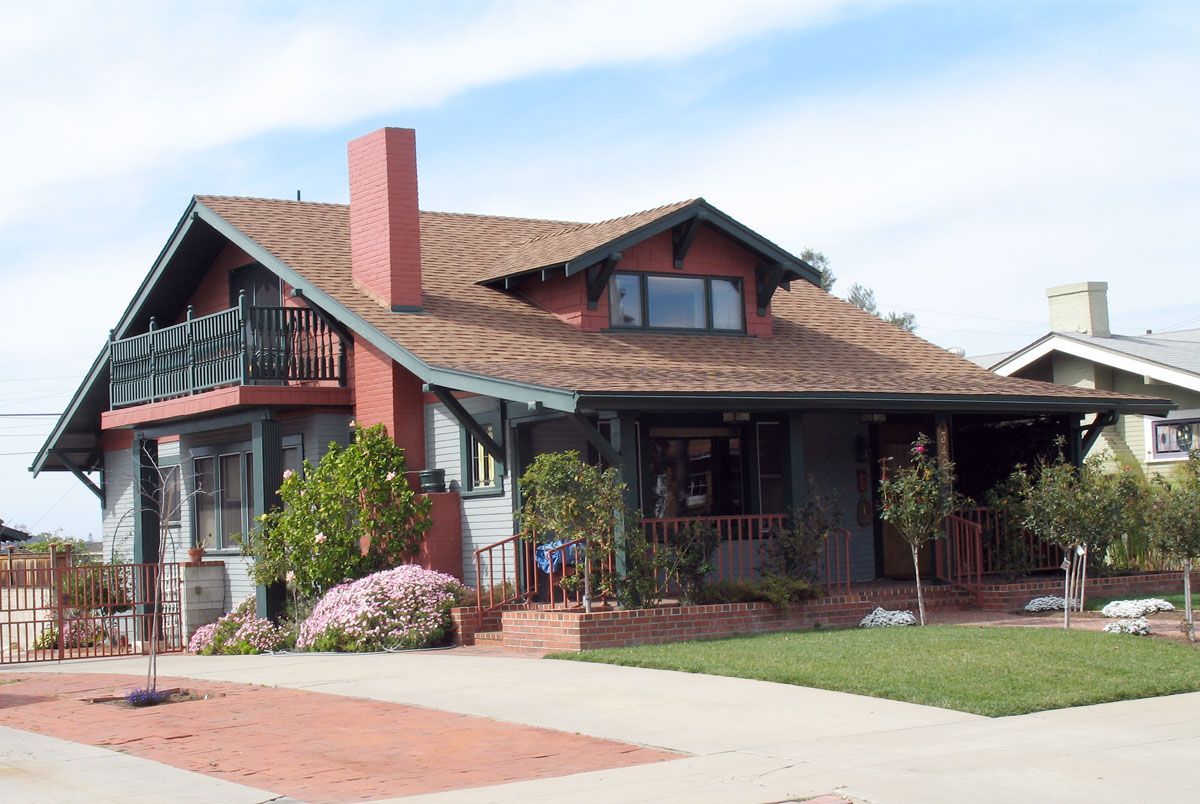
The early 1900s brought the Arts and Crafts movement to New England. Craftsman homes emphasized natural materials and hand-built charm.
Typical elements:
- Low-pitched roofs with wide eaves.
- Exposed beams and detailed woodwork.
- Porches with thick, tapered columns.
Homes like the Partridge House show how the region embraced this national style while keeping New England character intact.
Architectural Features That Define Charm
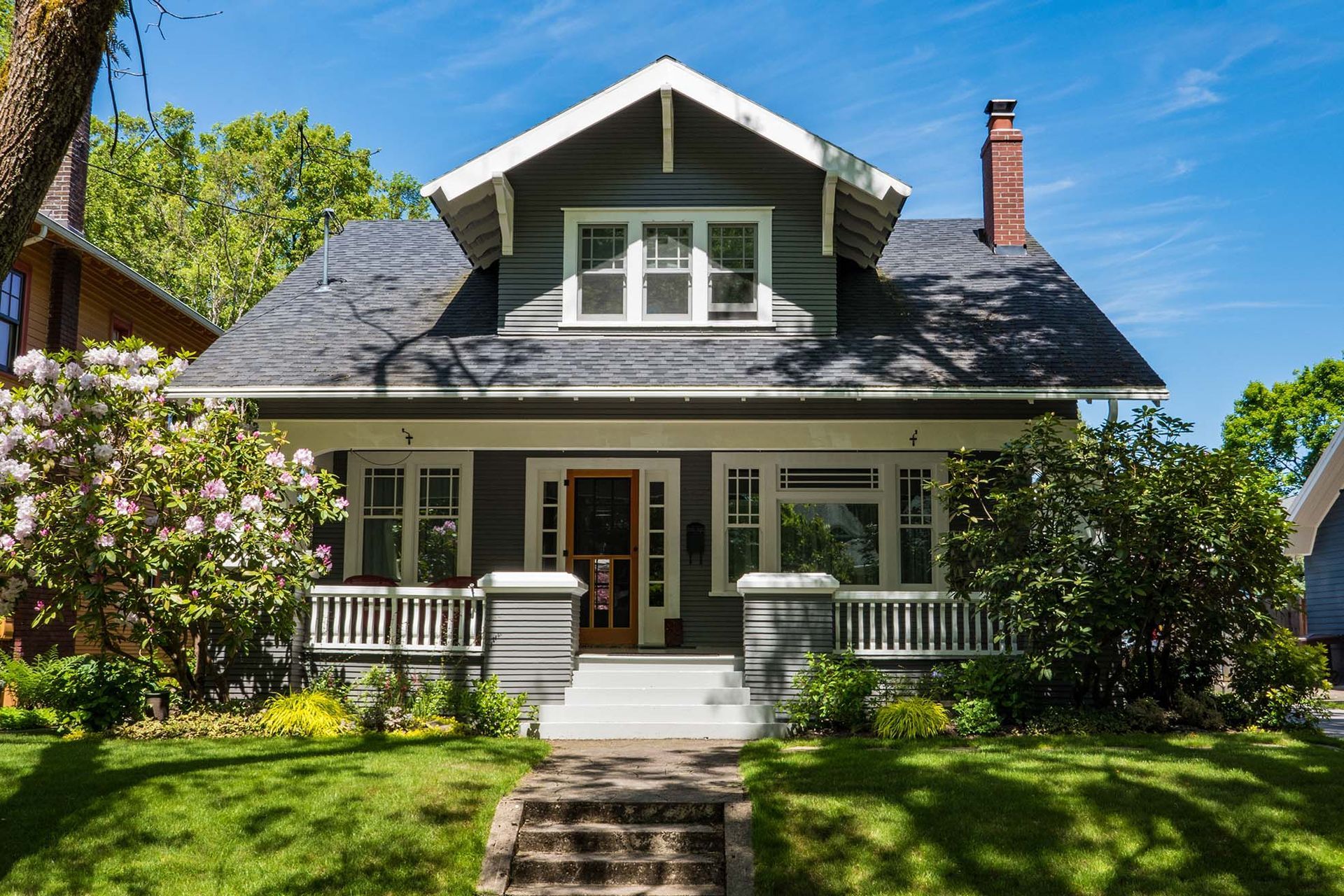
The charm of a New England home lies not in one feature but in a consistent collection of design elements.
Exterior Features and Materials
- Clapboard or shingle siding, often painted white or muted gray.
- Shutters that provide both decoration and storm protection.
- Trim details that frame windows and doors with precision.
Rooflines, Dormers, and Windows
- Steeply pitched gable or gambrel roofs shed snow.
- Dormers bring light into attics and second stories.
- Multi-paned windows maximize daylight while holding historic character.
Entryways and Decorative Details
- Porticos with classical columns.
- Fanlights and sidelights framing doors.
- Modest porches that serve as transitional space.
Interior Charm and Adaptation
- Original wood floors and paneling provide warmth.
- Fireplaces remain central to many layouts.
- Modern interventions like open kitchens are balanced with preserved detail.
Responding to Climate and Context

New England homes reflect adaptation to weather and terrain.
Material Durability and Maintenance
- Cedar shingles withstand coastal winds.
- Slate roofs endure snow load.
- Regular painting protects wood siding against moisture.
Site and Landscape Integration
- Coastal homes oriented for ocean views and wind protection.
- Inland homes often set on slopes with natural stone foundations.
- Gardens and natural buffers provide seasonal beauty and climate resilience.
Massachusetts Homes That Embody Charm
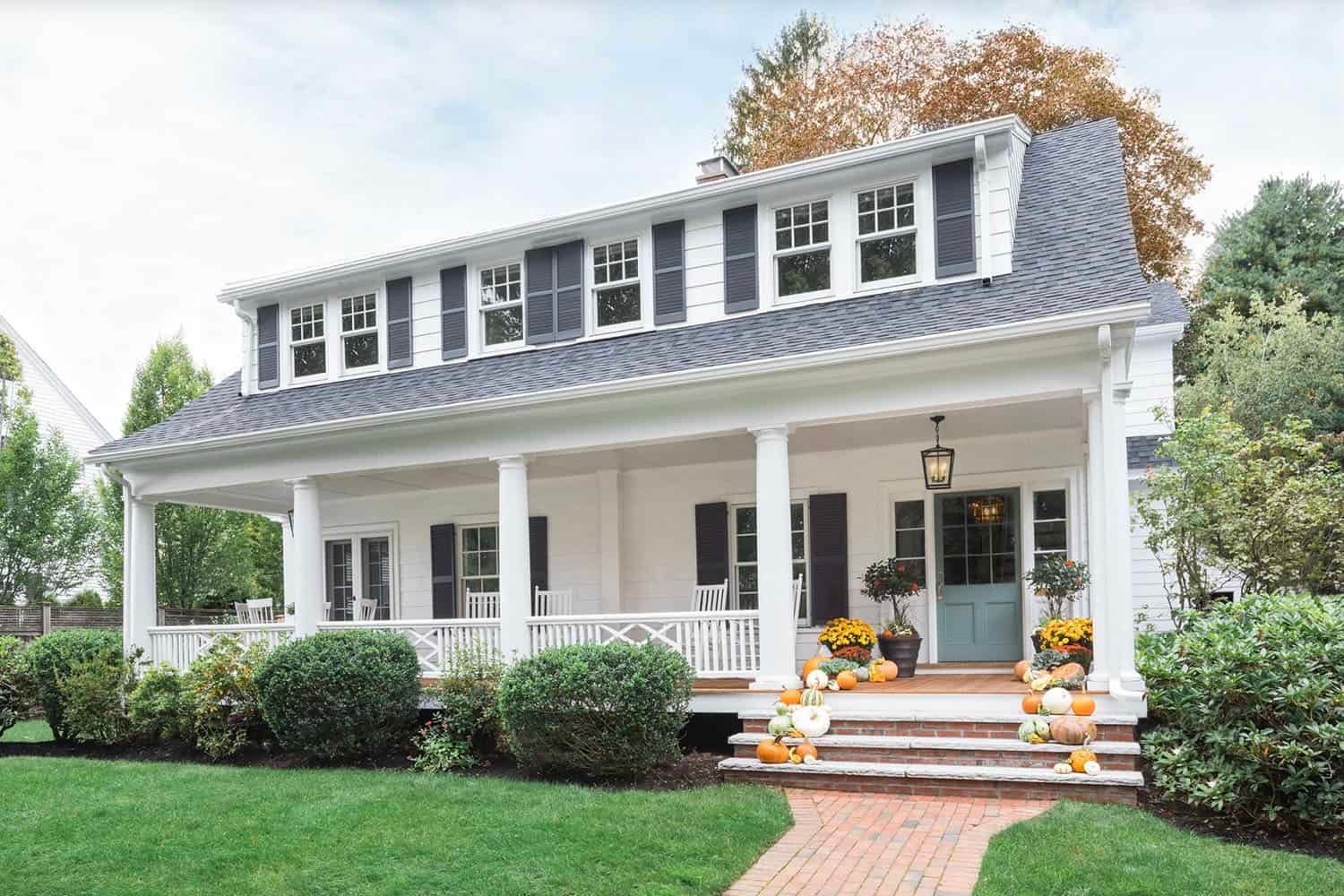
Massachusetts provides some of the strongest examples of architectural charm.
Historic Restoration in Concord and Brookline
Restored Georgian and Federal homes highlight how preservation brings historic elements back to life.
Sculptural Modern Responses in Cape Cod
Homes like Copperdrifts blend sculptural forms with traditional coastal materials.
Traditional and Modern Fusion in Concord
Recent projects in Concord combine historic facades with modern interiors that serve contemporary living.
Preserving and Renovating New England Home Architecture

Owners often ask how to maintain or restore charm without losing practicality.
Assessing Original Character
- Identify original siding, flooring, and trim.
- Preserve window proportions and entry details.
Integrating Modern Systems Respectfully
- Add insulation that does not disturb historic walls.
- Hide HVAC and wiring behind trim and paneling.
- Introduce accessibility without altering façades.
Choosing Materials and Partners
- Work with Massachusetts architects who specialize in preservation.
- Select materials that match or complement original construction.
- Plan additions that are sympathetic, not dominant.
New England Residential Design for the Future
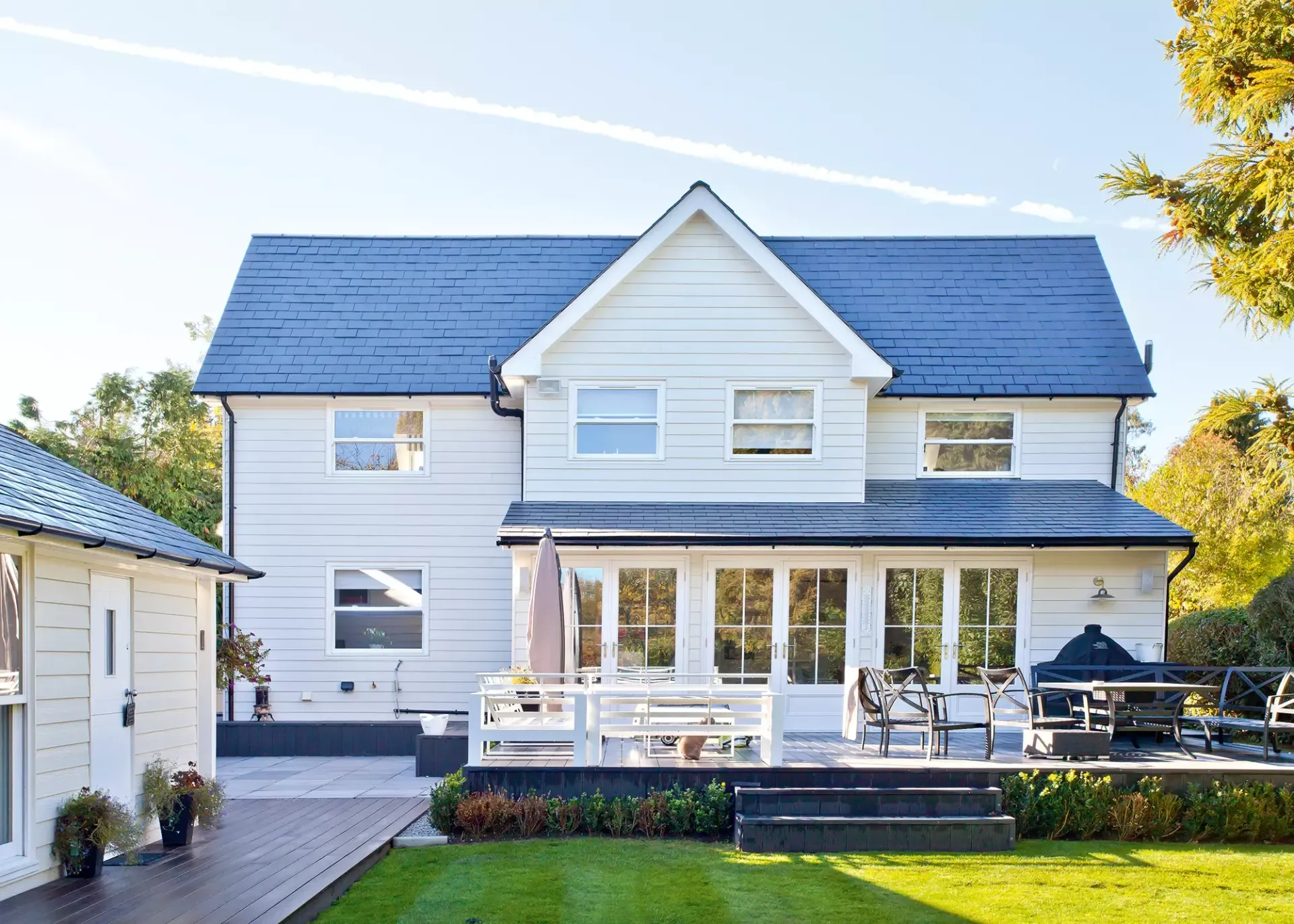
The region continues to influence modern homebuilding.
Contemporary New England Homes
Clean lines and energy-efficient materials now shape new projects, while referencing traditional roof pitches and siding.
Blended Styles
Designers experiment with combining New England forms with tropical-modern or minimalist interiors.
Hidden Technology
Smart systems are integrated discreetly to maintain aesthetic integrity, such as invisible lighting and climate control.
Architectural Charm in New England Houses Today
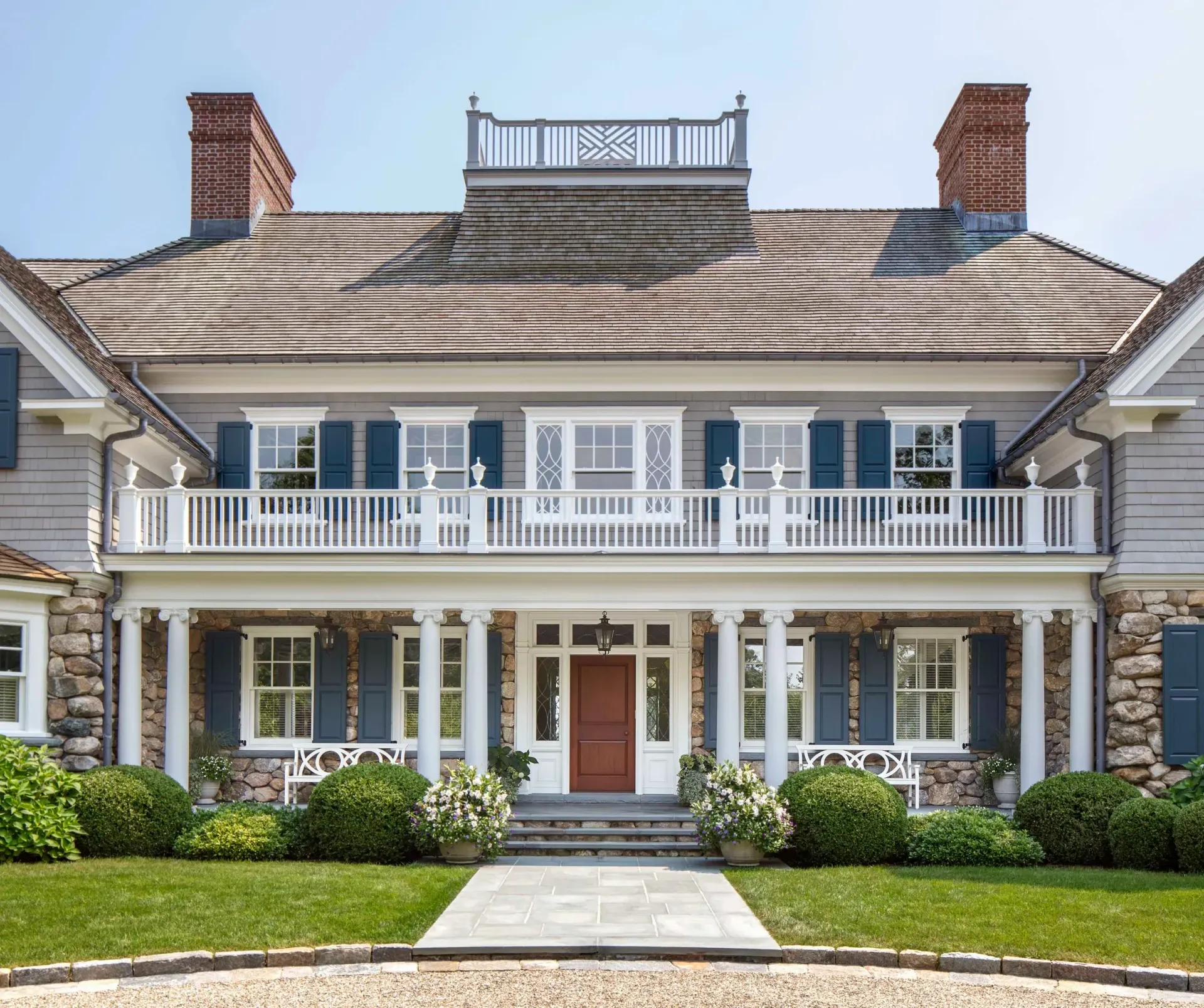
The charm of a New England home is both heritage and practicality. From symmetry and steep roofs to modern adaptations, the details make the difference.
For homeowners and companies exploring design or renovation, the lesson is simple: respect history while addressing modern needs. That is what keeps New England homes timeless.
Simply Windows understands how the character of a house extends beyond structure. The right interior elements, including window treatments that highlight natural light and frame traditional proportions, complete the architectural story.
